What I learned marching in my first protest
Protest Prep
When the recent murder of George Floyd came at the hands of the police, it was the tipping point for America and… a personal wake up call for me. I could no longer just talk about the injustices many Americans face, specifically African Americans. Now, I decided, is the time to actually advocate.
So I took to the streets of Chicago and joined the thousands of others demanding justice, in my first official protest ever.
I was strangely excited. I was nervous. But most importantly, I was ready to join the millions of voices waiting to finally be heard.
Not everyone in my life agreed with me, though. They argued about “my safety” trying to prevent me from going to the protests. They said a lot of things tailored to their comfort, but it didn’t change the reasons as to why I was going. This is not a debatable issue to me and never will be.
I will never understand how people can argue against the BLM movement. There is nothing to argue! You either believe in equality and justice–or you don’t.
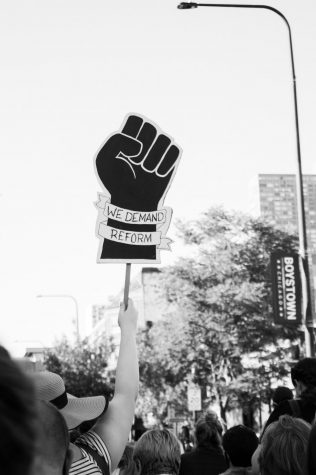
There was a lot I didn’t know about protesting. But I watched millions of people from all backgrounds take action immediately following Floyd’s death. I watched as so many demanded change in different ways that included signing petitions, making donations, and/or protesting.
The first thing I learned about protesting: 2020 protesting is a new kind of beast that my generation must tackle. There are new tactics the government uses to discourage and prevent people from protesting, including tracking and surveillance through our cell phones.
In recent years, the police have been authorized to surveil protesters to “enforce any federal crime committed.” The point in them doing this is to control the public with fear: “we’ll catch you if you participate, and then potentially charge you with a crime.” With lots of the protests turning into violent riots, I just didn’t know what to believe, and honestly, the info out there did manage to scare me just a bit.
But, protesters are just as savvy. We would not allow another obstacle in our path and let it prevent us from our civil right.
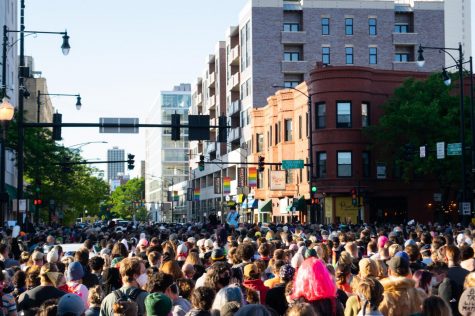
Word on the social media street advised us to conceal our identities as much as possible and make sure our phones were untraceable going into the protest. This included turning off cellular data, Bluetooth, location services, and face recognition.
We would even refrain from capturing pictures at protests in fear the police will hack into our iCloud and see the time and place our photos were taken to associate us with the protests, whether they were violent or not.
Because what we understood was that it didn’t matter if we protest peacefully. The police did not care and will find any excuse to shut down these protests and make us pay for showing up.
I was prepared for this peaceful protest to turn into something else; triggered and manipulated by more violence from the police similar to the events that took place in Minneapolis where Floyd was murdered. I was willing to accept this risk though, because I knew I was a part of the solution and not the problem.
In Protest…
Once I got to the city, I took the red line to the downtown area, and the moment I emerged from the CTA tunnel underground I was met with many protestors already in action. N.W.A was blasting on a nearby speaker and helicopters swarmed above us.
“No justice, no peace! No racist ass police!” I joined the passionate chanting.

The Chicago Police Department (CPD), had lined their bikes side by side blocking off whole streets to separate protestors. Many did not understand why they were blocking us off from one another, and I didn’t understand either. We were being peaceful! No one was “acting out” or misbehaving.
We proceeded down Dearborn Street and met up with more protestors on the next block. And we kept marching until the police blocked us off somewhere else.
It was when we reached Lake Shore Drive that I knew just how powerful and important this protest was. We, the protesters, had managed to stop traffic. In solidarity, we shooed police cars in the opposite direction. It was insanely empowering and a rewarding feeling. It showed me, personally, that we are stronger together. We kept marching and yelling in our loudest voices.
“Hands up! Don’t shoot!” We chanted in harmony.
It wasn’t until we reached Trump Tower that things shifted. I witnessed the police provoke protestors all day–getting in our faces, dividing us, and even violently shoving some protestors to the ground. But now–and it felt sudden–some protestors were spray painting, throwing water bottles, and climbing on top of police cars.
Since more protestors were near the Trump Tower the police decided to have all the bridges across the Chicago River lifted. This prevented us from crossing and continuing our march along Michigan Avenue.
So, instead, we marched back down Lake Shore Drive, again, stopping traffic.
Once we got back to Michigan Avenue, I decided that after three hours of peacefully protesting, my feet hurt and I should hop back on the red line to get to my car and head home.
But, the bridges weren’t the only means of transportation that was shut down that day. Chicago Mayor Lori Lightfoot shut down the trains going out of the city and the CTA. She also imposed a curfew for Chicago that began before protestors could even get out of the city.
Many protestors like me had no way of getting home now…why? Was this another way to keep protestors from flocking to the city? Surely, the protests in the previous month on the pandemic didn’t call for such restraints, so what was the difference here? I just didn’t understand.
Luckily, I was able to call an Uber and finally head home. When I got home, I couldn’t believe my eyes: the news showed the streets of Chicago–the ones I had just been protesting on– engulfed in flames and people reeling from the tear gas lingering in the air.
As I watched, I felt overwhelmed by confusion. It was upsetting to see.
Post Protest
Arguments about the violence sparked from people all around me. I too hate the violence.
But while people argued about who started the fighting, I realized that question didn’t even matter. The better question is…how did we get here? Who am I to decide how the Black community responds to the oppression that has imprisoned them for over 400 years? How much more can they take? How much violence will they endure on playgrounds and parking lots?
These are the questions people should be thinking about, especially those who don’t understand the Black Lives Matter movement.
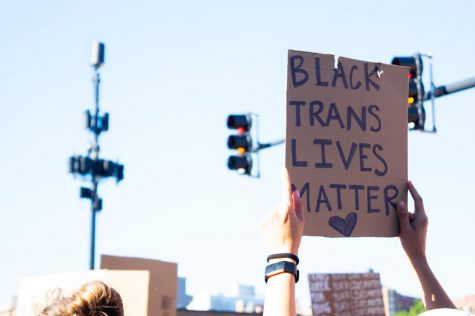
No one is listening to the Black community. Their peaceful cries have fallen on deaf ears.
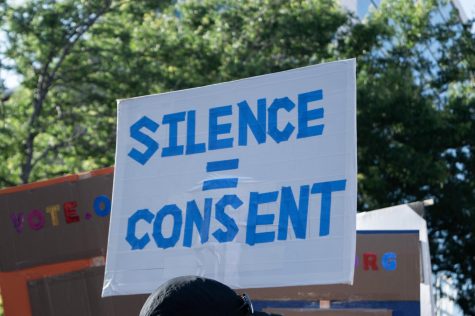
See, it wasn’t just Geroge Floyd’s death that sparked these protests and demands for change. We’re talking about the thousands of Black lives, known and unknown, that have been taken by police brutality. About all the ones NOT caught on tape. We’re talking about the way the people in power have been killing the people they are supposed to protect.
We, the people, are demanding systematic change in the way this country operates, and we’re just getting started.
This was my first protest. It certainly won’t be my last–no matter how violent the risk may be.
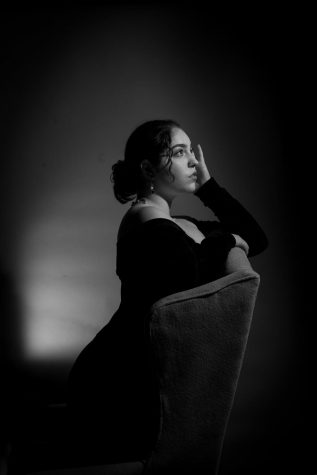
Micaela plans to pursue a major in sociology and hopes to teach the subject at a college level in her future. She also is a lover of art; she is a dancer...

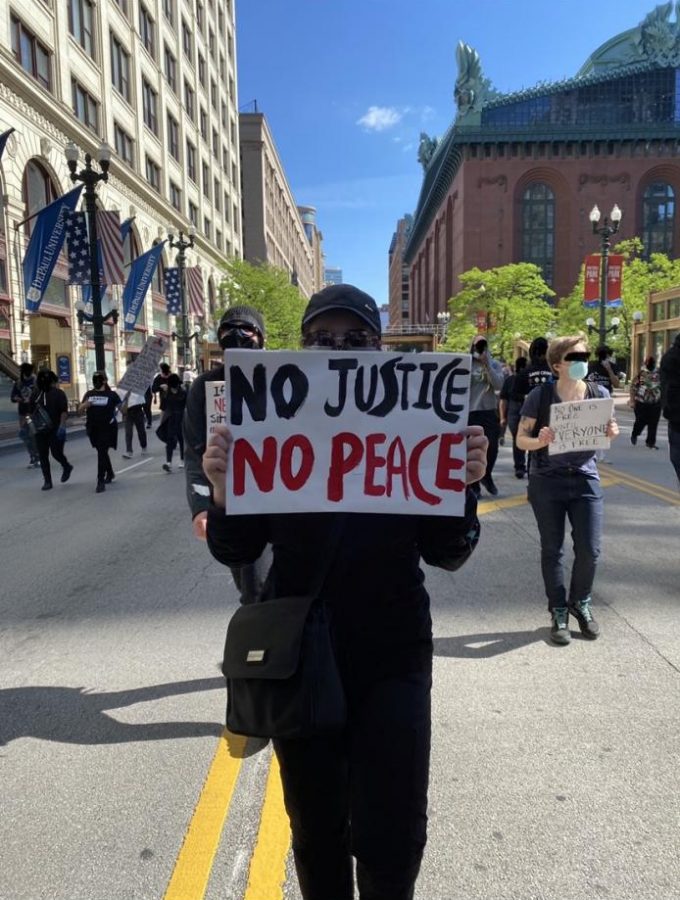

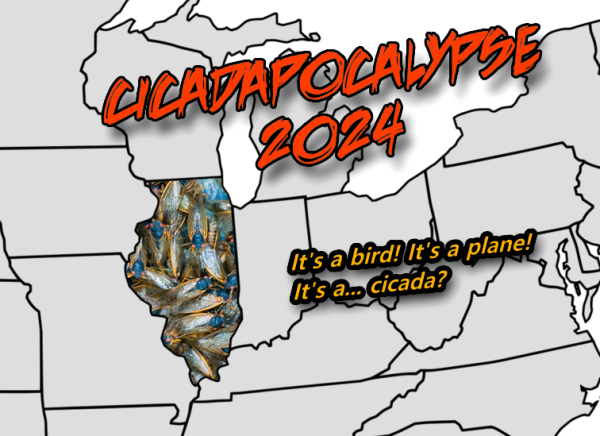
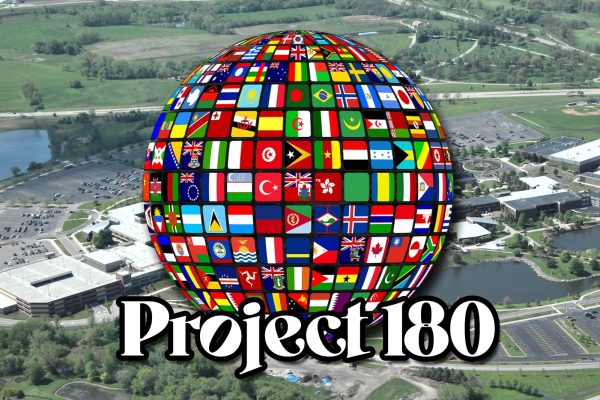
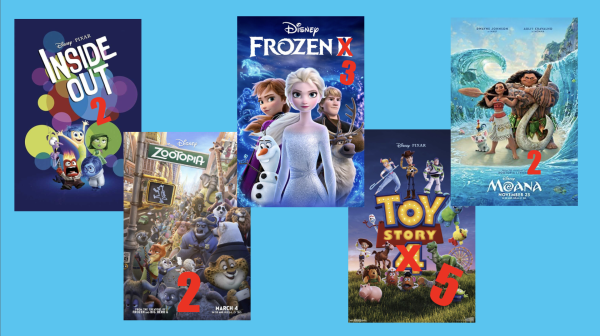
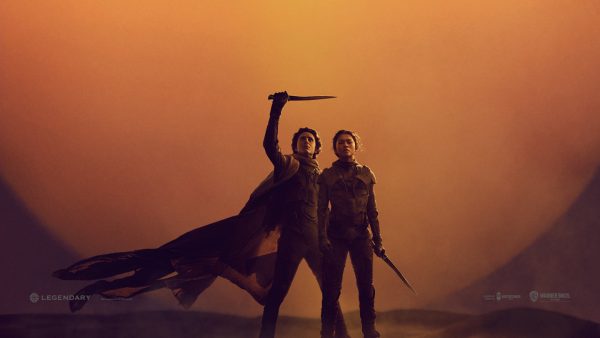
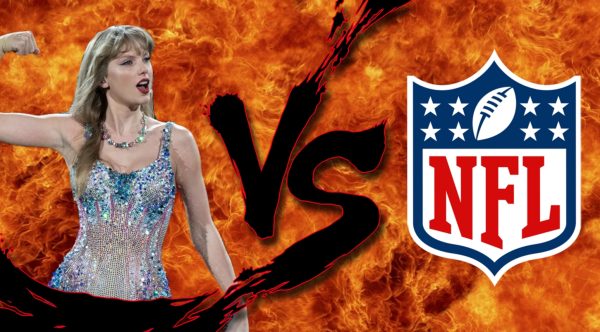

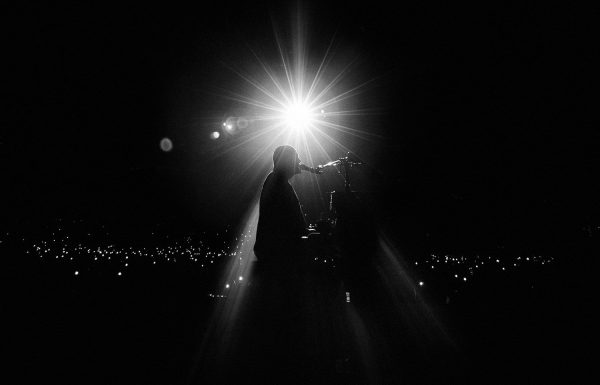
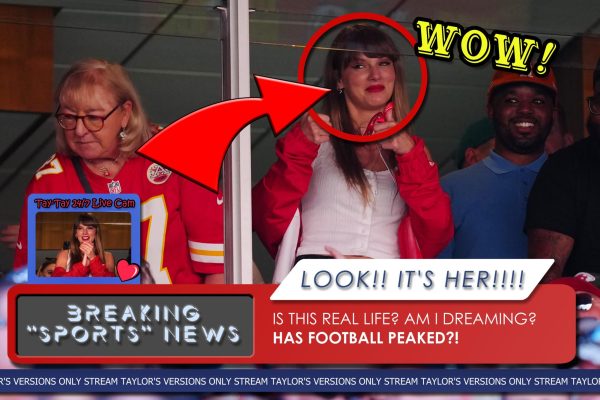
Angelina • Jun 22, 2020 at 1:41 pm
So refreshing to see signs of solidarity in a world that really needs it…Even though not all of it is pretty, steps are being made towards change.